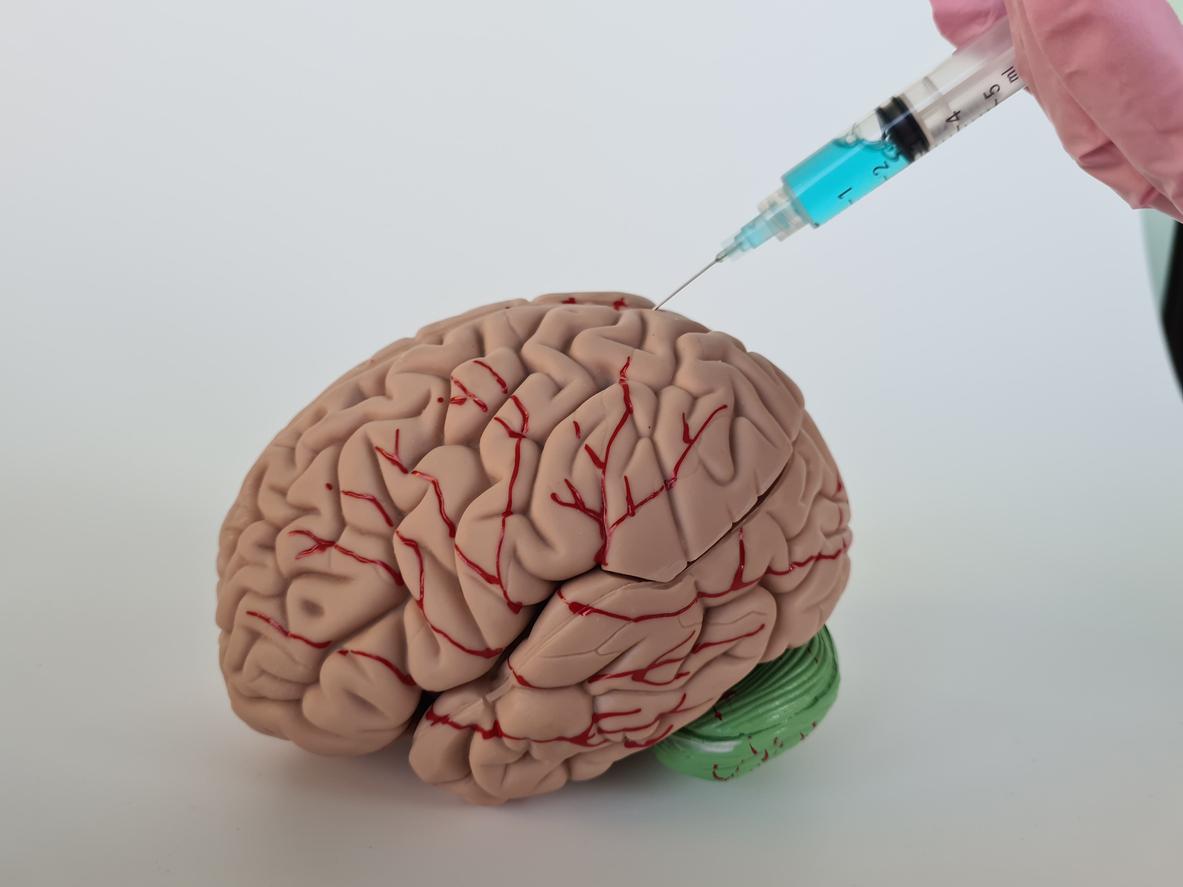Researchers have found a link between dopamine and tremors in people with Parkinson’s disease.

- Symptoms of Parkinson’s disease are tremors, slowness of movements and muscle stiffness.
- Parkinson’s disease induces a progressive degeneration of dopamine neurons, which participate in the coordination of movements.
- A recent study observed a correlation between dopaminergic function and tremor severity.
Nearly 167,000 people are affected by Parkinson’s disease in France, according to the National Institute of Health and Medical Research (Inserm). This pathology is generally characterized by tremors, slowness of movements and muscle stiffness.
Currently, treatment is mainly based on the administration of dopamine, “in order to compensate for the effects linked to neurodegeneration“. Indeed, Parkinson’s disease “primarily caused by a progressive degeneration of dopamine neurons in the brain”according to Inserm. This neurotransmitter allows communication within the nervous system and plays a key role in the coordination of movements.
Higher dopamine levels in patients with tremor
Recent research from the Champalimaud Foundation (Portugal), however, found that dopamine preserved in certain regions of the brain could contribute to accentuating tremors, particularly at rest. “Paradoxically, we found that patients who experience tremor have more dopamine preserved in the caudate nucleus, a part of the brain important for movement planning and cognition (…) This challenges our traditional understanding of the relationship between loss of dopamine and symptoms of Parkinson’s disease, explained Marcelo Mendoncaone of the main authors of the study and neurologist at the Champalimaud Foundation.
During this work published in the journal npj Parkinson’s Diseaseresearchers used data from more than 500 patients from the Champalimaud Clinical Center and public databases. This diverse data set included clinical assessments, DaT scanners, to visualize dopamine neurons, and wearable motion sensors, which accurately measure tremor intensity.

A link observed between dopaminergic function and tremor severity
“At first glance, patients with and without loss of dopamine in the caudate nucleus appear similar. However, the sensors reveal subtle differences in tremor oscillations that traditional clinical rating scales might not see (…) By combining imaging data with measurements from these sensors, we observed a clear link between dopaminergic function in the caudate nucleus and overall resting tremor severity.”described Pedro Ferreira, co-author of the study and neuroscientist.
Another conclusion of the study: the more dopamine is preserved in the caudate nucleus on one side of the brain (each hemisphere has its own caudate nucleus), the greater the tremors on the same side of the body. Normally, each side of the brain controls the movements of the opposite side of the body. Faced with this unexpected observation, the researchers put forward two hypotheses: this “same side” effect could be induced by the dopamine generally higher in the two caudate nuclei of patients suffering from tremors or by the unequal way in which Parkinson’s disease affects each side of the brain.
















